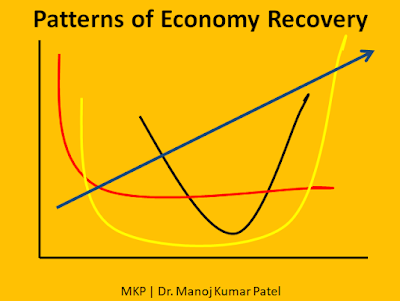Assessment of Environmental Impact by GPEQI Numerical Model
The most distinguishing feature of the present era is that man has become the
architect of his future. The unprecedented increase in population and an even
greater increase in the scale and intensity of human activities, which have
occurred largely in the previous and this century, have been brought about by the growing
mastery of science and its applications. This has produced prosperity, high
standards of living, and expanded opportunities beyond what earlier generations
could have imagined. But these developments have damaged and deteriorated the
ecological systems and caused widespread destruction of the natural resources,
on which human life and well-being depend.
In the name of growth, fossil fuels have been burnt
with abundance, chemicals harmful to the atmosphere have proliferated, poisons
have been dumped on land, rivers and oceans, and natural resources such as
forests have been ravaged and exploited to the extent of reducing its natural
capacities for self-stabilization. As a result, mankind is confronted with
the disastrous consequences that,
1. The protective ozone shield in heavily polluted
latitudes of the northern hemisphere is thinning twice as fast as scientists
thought just a few years ago;
2. A minimum of 140 plant and animal species are
condemned to extinction each day;
3. Atmospheric levels of heat-trapping carbon dioxide are
now 26% higher than its pre-industrial concentration, and continue to climb up;
4. The earth’s surface was warmer in 1990 than in any
year since recordkeeping began in the mid-nineteenth century. Six of the seven
warmest years on record have occurred in the 2000s;
5. Forests are vanishing at the rate of some 17 million
hectares per year – an area about half the size of Finland;
6. World population is growing by 92 million people
annually – roughly equivalent to adding another Mexico each year. Of this total,
88 million are being added in the developing world.
Man, in the twentieth and the twenty-first century, represents an intrusion
on the overall balance of processes that maintain the earth as a habitable
place in the universe. This fact is recognized by man because of his concern
for the environment; but along with it, the profligacy in the consumption of
resources also are continuing. Thus, it is incumbent upon mankind to examine his
actions and to attune them so that they ensure the long-term viability of earth as
a habitable planet. Environmental Impact Assessments (EIA) are a logical first
step in this process, because they represent the opportunity for man to
consider, in his decision making, the effects of actions that are not accounted
for in the normal market exchange of goods and services.



Comments
Post a Comment